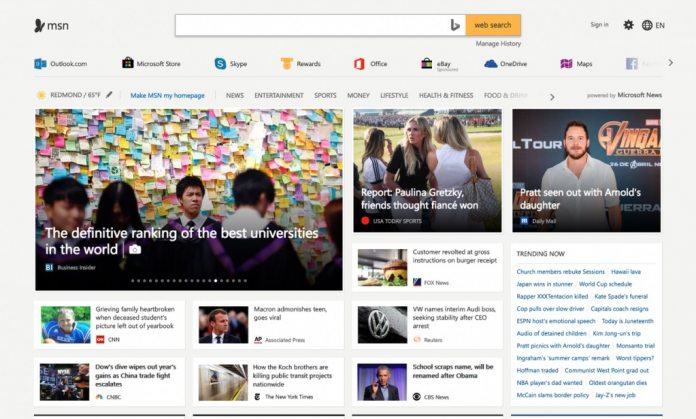So-called “Fake News” and other forms of misinformation have become an issue, especially on platforms such as Facebook and Google. Microsoft has largely managed to avoid the kinds of controversies that have followed those companies in both privacy and misinformation. That’s despite Microsoft also running a search engine (Bing) and advertising platform. In fact, Microsoft is taking a proactive approach to tackling misinformation. Under the C2PA coalition, the company and partners will develop open standards that allow sources to be verified. Users will be able to see where media content was sourced. “The C2PA’s open standard will give platforms a method to preserve and read provenance-based digital content. Because an open standard can be adopted by any online platform, it is critical to scaling trust across the internet. In addition to the inclusion of varied media types at scale, C2PA is driving an end-to-end provenance experience from the capturing device to the information consumer. Collaboration with chipmakers, news organizations, and software and platform companies is critical to facilitate a comprehensive provenance standard and drive broad adoption across the content ecosystem.” Following efforts already put in place by the Content Authenticity Initiative (CAI) and Project Origin. The latter points out the new movement wants to add a “provable source” that shows where media originated, including a certification it has not been changed from source to reader.
Microsoft’s Existing Efforts
Microsoft has often led the way in ensuring its own news services are not pushing fake news. During the Presidential election last year, the company released a deep fake authenticator. Deepfake are photos, videos, or audio that are synthetic media. They manipulate the original content with artificial intelligence (AI) to make it seem the content is something else. The company has also previously discussed how it keeps fake news from the Microsoft News platform. In 2019, Darren Laybourn, Corporate Vice President of Microsoft News described how the company prevents fake news on its service. According to the executive, Microsoft uses a team of 800 employees located around the world to curate content. Laybourn says the company uses machine learning and AI solutions to help with finding fake news. Because of this system, he says Microsoft News has not faced an issue with fake news. Part of that system revolves around the closed nature of the service. Microsoft can avoid fake news publishers by simply not selecting them. Tip of the day: When Windows 10 runs into serious problems, it’s not rare to run into startup problems. Corrupted Windows files, incorrect system configuration, driver failure, or registry tweaks can all cause this issue. Using Windows 10 startup repair can fix boot issues caused by the most prevalent issues. Though it may seem that all is lost when you run into startup problems, it’s important to try a Windows 10 boot repair so you can at least narrow down the source of the issue. If it doesn’t work, you may have to reinstall the OS or test your hardware.




